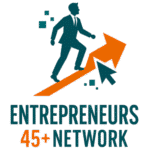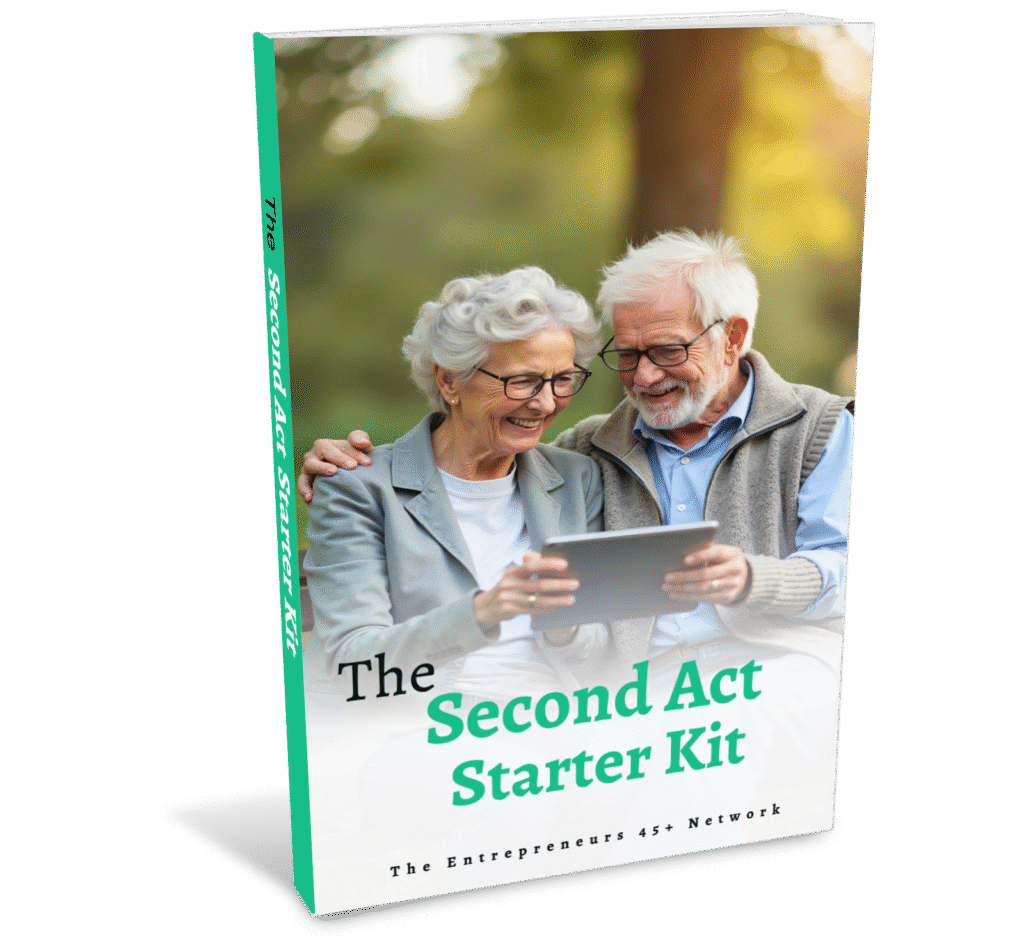Many experienced professionals wonder how to leverage their extensive career knowledge into creating a successful product. Your decades of industry expertise give you unique insights into real-world problems and solutions that newcomers simply don’t have. While how to break into product management without experience is a common concern, your industry background actually gives you a significant competitive advantage. This guide will show you how to transform your professional experience into a marketable product that solves genuine industry problems.
Key Takeaways:
- Leverage your professional expertise and pain points encountered during your career to identify genuine market needs and opportunities for product development
- Focus on solving specific problems you deeply understand from your industry experience rather than trying to create something entirely new
- Start small by validating your product idea with your existing professional network before expanding to a broader market
Translating Expertise Into Product Ideas
Identifying Your Unique Value Proposition
Your decades of industry experience have equipped you with specialized knowledge and insights that others would pay to access. Take inventory of the specific problems you’ve repeatedly solved, the workflows you’ve optimized, and the shortcuts you’ve discovered. Map out where your expertise intersects with persistent market pain points – these intersection points often reveal your most valuable potential offerings.
Look for patterns in the questions colleagues and junior team members frequently ask you. If you find yourself explaining the same concepts or sharing similar advice multiple times, you’ve likely identified a knowledge gap that could form the foundation of your product. Consider how your unique perspective on industry challenges sets you apart from others who may offer similar solutions.
Brainstorming Product Concepts Based on Experience
Start by listing the top 10 challenges you’ve mastered throughout your career. For each challenge, outline potential product formats – whether it’s a software tool, template library, video course, or consulting framework. Your experience dealing with real-world scenarios gives you insight into which format would be most effective for your target users.
Focus on products that solve specific, well-defined problems rather than attempting to create comprehensive solutions. Your first product should address a narrow use case where you can deliver exceptional value. For example, if you’ve developed efficient project handover processes, consider creating a standardized template pack with video tutorials based on your proven methodology.
Test your product concepts by sharing simplified versions with trusted colleagues or industry peers. Their feedback will help refine your ideas and validate market demand. Many successful products start as basic tools or frameworks that entrepreneurs initially created to solve their own workplace challenges. Your experience gives you the advantage of knowing exactly what professionals in your field need to succeed.
Validating Your Product Concept
Conducting Market Research for Authentic Insights
Your decades of industry experience provide unique insights, but market dynamics change rapidly. Start by analyzing current market trends through industry reports, competitor analysis, and sales data. Focus on identifying gaps between existing solutions and actual customer needs – areas where your expertise spots inefficiencies that others have missed. Map out your competitive landscape by examining both direct competitors and adjacent solutions that customers currently use as workarounds.
Quantitative data tells only part of the story. Supplement your research by immersing yourself in online communities where your target customers gather. Monitor relevant subreddits, LinkedIn groups, and industry forums to understand current pain points and terminology. Pay special attention to complaints and feature requests that align with your observations from your years in the field – these validate your insider knowledge while revealing how problems manifest today.
Engaging Potential Customers Through Interviews
Transform your professional network into a valuable research asset by conducting targeted customer interviews. Reach out to former colleagues, clients, and industry contacts who fit your ideal customer profile. Structure your conversations to uncover specific examples of how they currently handle the problem you aim to solve. Ask about their current workflows, tools, budgets, and decision-making processes rather than directly pitching your solution.
Document patterns that emerge across multiple interviews, particularly around pricing sensitivity, must-have features, and deal-breakers. Your goal is to collect 20-30 in-depth conversations that either validate your initial assumptions or push you to refine your concept. Consider these interviews as ongoing relationships – many early interviewees can become beta testers or first customers.
Create a systematic approach to capture and analyze feedback from these conversations. Use a standardized set of questions while allowing room for organic discussion. Track common themes, surprising insights, and direct quotes that articulate the problem clearly. Pay particular attention when multiple participants independently describe the same pain points – these represent your strongest opportunities for product-market fit.

Crafting a Minimal Viable Product (MVP)
The Essentials: Building a Prototype Without Overthinking
Take your core solution and strip it down to its most fundamental elements. Your MVP should solve one specific pain point exceptionally well rather than attempting to address every scenario you’ve encountered in your career. Start with a basic version that demonstrates your expertise – whether that’s a simplified consulting framework, a streamlined workflow tool, or a focused training program that addresses your industry’s most common challenge.
Focus on delivering value through your unique professional lens rather than trying to match feature sets of established competitors. Your initial prototype might be as straightforward as a detailed spreadsheet, a video course outline, or a basic web application. The goal is to validate your concept with real users within 60-90 days rather than spending months perfecting features that may not resonate with your target market.
Leveraging Feedback for Iteration and Improvement
Reach out to your professional network and identify 5-10 potential users who fit your target profile. Share your prototype and collect detailed feedback through one-on-one sessions rather than relying on surveys or general comments. Pay special attention to how they interact with your solution and which aspects of your expertise they find most valuable.
Document patterns in user behavior and feedback, then prioritize improvements that align with your core value proposition. Your industry experience gives you unique insight into which feedback points represent genuine needs versus one-off requests. Make iterative updates every two weeks based on the most impactful user insights while maintaining the focused scope of your MVP.
Create a systematic feedback loop by establishing regular check-ins with your early users. Schedule monthly review sessions where you can demonstrate new features and gather fresh perspectives. This ongoing dialogue helps you refine your product while building a community of engaged users who feel invested in your solution’s evolution. Their testimonials and use cases will become valuable assets as you prepare for a broader market launch.

Developing Your Go-to-Market Strategy
Creating a Compelling Brand Narrative
Your industry experience provides a rich foundation for crafting an authentic brand story that resonates with your target audience. Draw from your real-world successes, challenges overcome, and deep market understanding to shape a narrative that demonstrates why you’re uniquely positioned to solve your customers’ problems. For example, if you’ve spent 20 years in manufacturing operations, your story might focus on how you’ve personally experienced and solved the exact pain points your product addresses.
Transform your professional journey into relatable touchpoints that connect with potential customers. Share specific examples of problems you’ve encountered, quantify the impact of solutions you’ve implemented, and highlight the expertise that led to your product’s development. Your narrative should clearly demonstrate the evolution from industry expert to product innovator, building credibility while creating emotional resonance with your audience.
Strategic Channels for Launch and Distribution
Leverage your professional network as your initial distribution channel. Your industry connections represent a pre-built audience of potential early adopters and brand advocates. Map out your existing relationships with industry leaders, former colleagues, and professional associations to create a targeted launch strategy that maximizes your insider status.
Select distribution channels that align with your industry’s buying patterns and decision-making processes. If you’re selling to enterprise clients, focus on direct sales and strategic partnerships. For broader market reach, consider industry-specific marketplaces, professional forums, and targeted digital platforms where your expertise already commands respect.
Your go-to-market approach should mirror the established purchasing behaviors in your industry. Consider factors like typical sales cycles, preferred communication channels, and common objections you’ve encountered throughout your career. Build a multi-channel strategy that includes both digital presence and traditional industry touchpoints, such as trade shows, industry publications, and professional events where you’ve already established credibility.
Navigating the Challenges of Entrepreneurship
Common Pitfalls and How to Avoid Them
Many industry veterans stumble when transitioning from expert practitioner to product creator by trying to include every feature and capability they’ve encountered over their career. Scale back your initial offering to solve one specific pain point exceptionally well, rather than attempting to address every scenario you’ve witnessed. Your deep knowledge should inform which core problem to tackle first, not overwhelm your product with complexity.
Technical professionals often underestimate the time and resources needed for non-technical aspects of product development. Set aside 40% of your budget and schedule for marketing, customer support, legal compliance, and business operations. Build relationships with professionals in these areas early – your industry expertise won’t automatically translate to these crucial business functions.
Embracing Adaptability in the Face of Adversity
Your decades of experience have taught you how to navigate workplace challenges, but product development requires a different kind of flexibility. Be prepared to pivot your solution based on early user feedback, even if it contradicts your initial vision. Many successful products end up serving different use cases or customer segments than originally planned.
The path from industry expert to product creator rarely follows a straight line. Market conditions, technology capabilities, and customer needs will shift during your development journey. Maintain a weekly review of your assumptions and be ready to adjust your roadmap when evidence suggests a better direction.
Consider setting up regular advisory sessions with 3-5 trusted industry colleagues who can provide honest feedback as you progress. These relationships often reveal blind spots in your product strategy and help you stay connected to evolving market needs. Schedule these check-ins at least quarterly to ensure you’re not developing in isolation.
Summing up
Upon reflecting, your two decades of industry experience serve as a powerful foundation for creating your first product. By leveraging your deep understanding of customer pain points, market dynamics, and operational challenges, you can transform your expertise into a solution that resonates with your target audience. Your journey from industry expert to product creator becomes more manageable when you focus on validating your ideas through customer interviews, creating minimum viable products, and iterating based on real feedback.
As you begin on this transition, your extensive background gives you unique insights that many first-time product creators lack. To enhance your product development skills further and make the most of your industry knowledge, consider exploring resources about How to Transition to Product Management From Any Role. By combining your experience with structured product development methodologies, you’ll be well-equipped to create a product that solves real problems and delivers genuine value to your target market.



